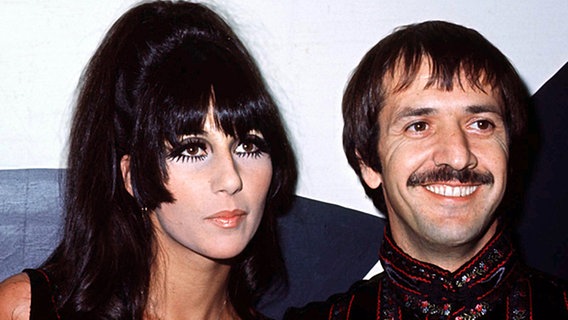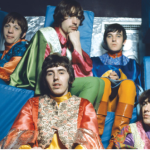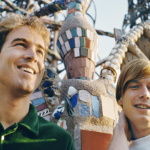“I Got You Babe” – Sonny & Cher

“I Got You Babe” by Sonny & Cher is a classic duet that became one of the defining songs of the 1960s. Released in 1965, the song showcases the unique vocal blend of the pop duo and became an anthem of love and togetherness.
“I Got You Babe” by Sonny & Cher
Overview:
“I Got You Babe” was written by Sonny Bono and produced by Phil Spector. The song was released in 1965 and quickly became a major hit, reaching No. 1 on the Billboard Hot 100 chart. Its success helped solidify Sonny & Cher’s status as a popular musical duo and contributed to the ongoing popularity of the 1960s pop scene.

Themes and Lyrics:
The song’s lyrics celebrate the strength and comfort of a loving relationship. With lines like, “They say we’re young and we don’t know / We won’t find a way,” the song speaks to the optimism and unwavering support between the couple. The repeated affirmation, “I got you, babe,” underscores the sense of security and mutual devotion that the song conveys.
Musically, the song features a catchy melody and a memorable chorus that complements the simple but heartfelt lyrics. The duet’s dynamic vocals and the cheerful, upbeat arrangement contribute to the song’s feel-good vibe.

Impact and Legacy:
“I Got You Babe” became an iconic hit, symbolizing the spirit of the era with its catchy tune and heartfelt message. Its success extended beyond the charts; it also became a cultural touchstone, often associated with the 1960s counterculture and the emerging popularity of rock and roll.
The song’s enduring popularity is reflected in its frequent appearances in movies, television shows, and other media, cementing its place as a classic pop anthem. Sonny & Cher’s performances of the song and their charismatic public persona helped solidify their place in music history.

In Summary:
“I Got You Babe” by Sonny & Cher is a timeless duet that captures the essence of 1960s pop music with its catchy melody and message of love and unity. Its success and lasting appeal reflect its significance in the era’s musical landscape and its continued influence on popular culture.












